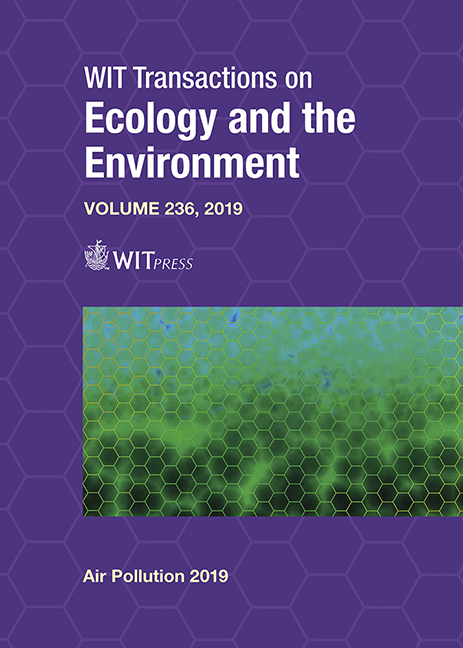RADON ENTRY MODELS INTO BUILDINGS VERSUS ENVIRONMENTAL PARAMETERS, BUILDING SHAPE AND TYPES OF FOUNDATION
Price
Free (open access)
Transaction
Volume
236
Pages
8
Page Range
309 - 316
Published
2019
Size
406 kb
Paper DOI
10.2495/AIR190301
Copyright
WIT Press
Author(s)
ROSARIA IPPOLITO, ROMOLO REMETTI
Abstract
Many studies have been carried out around the world to identify the carcinogenic risk associated with human exposure to air pollution and, nowadays, epidemiological evidences are the way to characterize the risk. Human exposure to naturally occurring ionizing sources is one of the main risks highlighted by the WHO. There is still a great need to make the population aware of this risk, to avoid exposure. For decades, the radon entry has been studied through diagnostic measurement techniques, designing efficient mitigation systems. The rate of radon entry into indoor air also varies with climatic conditions, such as rain, which alters the soil conditions and thus the flow of gas through the soil to the building shell. Environmental parameters and building specific shapes need to be examined to quantify their influence for radon entry. Several mechanisms are responsible: the dominant ones are the “stack effect” driven by temperature differences between the indoors and the outdoors, the effect of wind on the building shell, the operation of mechanical ventilation systems which distribute heated or cooled air throughout the house and each types of foundation which connects the building to the ground. Italy is a geologically fragile country, constantly hit by earthquakes; this allowed to develop over the centuries, safer building strategies. Most of the Italian building heritage, in over 7,900 municipalities, consists of masonry buildings, often made up of local materials with a high radium content. The purpose of this article is to evaluate and analyse how environmental, anthropic and constructive factors can influence radon entry models into buildings. Understandings of the various mechanisms that drive radon into buildings permit the development of specific technologies aimed to limit the radon entry rate and satisfy the Council Directive 2013/59/EURATOM requirements.
Keywords
radon, indoor air pollution, IAQ, case studies, aerosols and particles, environment, air pollution modelling, ventilation, ionizing radiations





